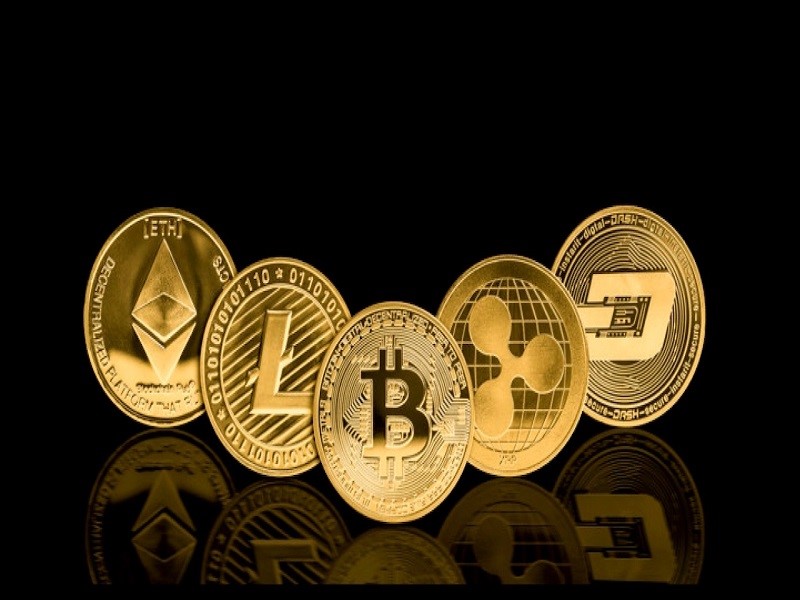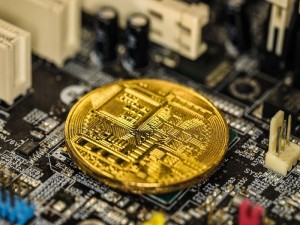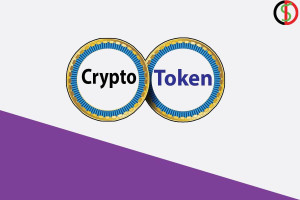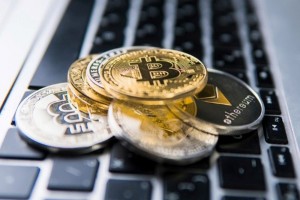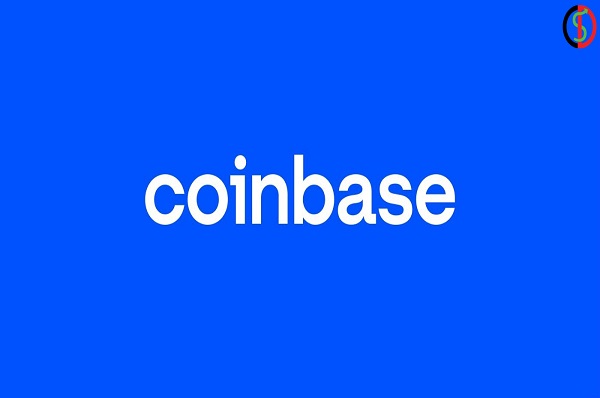Here are just a few of the fundamental questions that users of the crypto market ask when they first begin their activity in this market, such as what a digital currency token is, how many different kinds of crypto tokens are categorized, and the distinction between a token and a coin. In the cryptocurrency market, a token is a type of asset that is created and offered with various goals in mind. Numerous factors affect the price of digital currency tokens. Tokens can be bought and sold easily on various exchanges by cryptocurrency market participants. All the information you require about cryptocurrency tokens will be covered in this article. Follow us through to the very end.
How do tokens work?
Any digital asset created on the blockchain is referred to as a token. Usually, it is minted or issued on a different blockchain, frequently in conjunction with several other tokens from various projects. Writing a lot of computer code or even utilizing automated tools makes it simple for anyone to create a token. When it comes to creating new tokens for its platform, Ethereum is thought to be the most popular blockchain system. The ERC-20 token standard is used to create tokens on the Ethereum platform.
Tokens are essentially valuable virtual objects that are traded on the cryptocurrency market. Users can buy and sell these assets using tradable tokens. As a result, even Bitcoin can be viewed as a digital currency token.
Naturally, this definition is not part of the accepted practices in the cryptocurrency market; rather, any cryptocurrency without a separate blockchain is referred to as a token. Digital currencies with their blockchains, like Bitcoin and Ethereum, aren’t considered tokens by this definition.
How are tokens made?
On any blockchain platform with smart contracts and high-level programming languages, tokens can be created. More than 80% of the tokens on the market are currently hosted on Ethereum, followed by Binance Chain, Ias, Cosmas, Tezos, and Tron.
Simply put, to create a token, developers must create their token smart contract using programming languages and token creation standards provided by a blockchain team, and then implement it in the blockchain using available tools. For instance, Ethereum uses Solidity as its primary programming language for building smart contracts, and its primary token-creation standard is ERC-20.
The process of creating a token takes less than an hour and costs very little (network fees), but it’s important to remember that this does not ensure that the token will have value.
Unfortunately, the ease with which worthless and useless tokens can be created has also given rise to fraud, and occasionally con artists attempt to exchange worthless tokens for actual money.
A token must be included in a useful project and added to trustworthy exchanges to gain acceptance and attract value, which is by no means an easy task.
Purpose of token generation
One of the most important reasons for creating this currency from projects is to reduce costs. Because there is no need to spend a lot of money to create tokens on a digital currency platform. On the other hand, it is possible to raise the necessary capital for the company’s activities by using the initial offer. Another reason companies create tokens instead of building their blockchain is the ease of deployment. Companies can create their tokens by hiring people with programming knowledge and relative familiarity with smart contracts. On the other hand, running on a secure and large digital currency platform like Ethereum provides much-needed security for many companies. Because as the number of users of the blockchain network increases, so does its security.
General characteristics of tokens
Different tokens can have different functions depending on their design purpose. But in general, all tokens on different blockchain platforms have the following general characteristics:
- Can be programmed
- No license required
- No reason to trust others
- Clarity of the transaction
Programmable tokens mean they run on programming protocols. These protocols contain smart contracts that specify the nature, functionality, and interactions of tokens. A permissionless resource means you don’t need to get permission from any organization or person to use the brand on a specific platform. The token is controlled by a smart contract, and as long as the rules of the contract are not violated, all companies on the network are free to use the token.
Application of smart contract tokenization for commercial enterprises
Creating smart contracts with the mentioned features allowed companies and individuals to create their applications using smart contracts without creating a blockchain and using their tokens to control network activity. Since Ethereum helped create smart contracts and tokens, many tokens have been created on the Ethereum network platform. Today it is possible to create tokens on other blockchains such as Solana, Avalanche, and Cardano digital currencies, and many new currencies have been created based on these networks. Older digital currencies such as Bitcoin and Litecoin do not support token creation.
How are tokens stored?
The safest place to store tokens is crypto wallets. A cryptocurrency wallet is a software that allows users to connect to blockchain networks. It is impossible to send and receive bitcoins and other cryptocurrencies without using wallets. Additionally, wallets can be used to create new blockchain addresses.
Unlike physical wallets, cryptocurrency wallets do not hold user assets; Instead, they are just a gateway to connect to the blockchain and a tool to transfer user assets. Technically, most wallets can generate one or more public and private key pairs. The public key is used to create the wallet address; An address that can be used to receive cryptocurrency.
A private key is the data used when creating a digital signature and verifying a transaction. Currently, private keys must remain private and not accessible to other users; However, public keys are user account numbers and can be shared with others. There are various cryptocurrency wallets. In general, these tools can be divided into three main categories. Software, hardware, and paper wallets.
Fungibile and None-Fungible Token
Tokens can generally be divided into two categories: “like” and “dislike” tokens. Identical tokens are called “fungible” tokens and non-identical tokens are called “non-fungible tokens”. Fungibility is one of the properties of tokens, which simply means that a given unit of this type of Token is not different from another unit. Simply put, a dollar is always a dollar and a bitcoin is always a bitcoin. You can exchange $10 bills with another person and each of you will still have the same value in your wallet.
Fungibility means that no particular cryptocurrency and asset is more valuable or rare than others. If this happens, it will disrupt the entire ecosystem and cause major problems for day-to-day transactions. Peer Tokens can be used for buying, selling, and transactions where Peer Token units are required. On the other hand, non-equivalent tokens are used where each coin unit must be unique, such as new blockchain games and digital artworks.
What is the difference between a coin and a token?
A “token” in the world of digital currencies is a form of digital money that is transferred over other networks, such as Ethereum and does not have its independent blockchain.
As a result, in the market for digital currencies, whether or not a token has an independent blockchain is the key factor in determining whether it qualifies as a “Coin.”. This definition states that a coin is a digital currency with a unique blockchain.
Coins are any of the many digital currencies with blockchains, such as Bitcoin, Ethereum, Ripple, Litecoin, Bitcoin Cash, Cardano, and hundreds more.
Tether, Chainlink, Dai, Aave, and Yearn are a few of the most popular tokens on the market. Money and BAT.
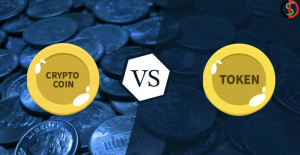
The fact that 2,800 of the 3,900 digital currencies traded on exchanges at the time this article was written are tokens and utilize blockchains like Ethereum, Binance Chain, IAS, and Tezos is interesting. Coinmarketcap was the first resource to distinguish between coins and tokens.
Tokenized digital currencies operate on various networks without having their blockchain. The coin does, however, have its blockchain. Different types of tokens and coins exist. Tether, Chain Link, Dai, Avi, and Bet are the most significant and well-known tokens. While Bitcoin, Litecoin, Ethereum, and other well-known coins are among the most popular ones.
The fact that most digital currencies are tokens rather than coins and typically use Ethereum-based blockchains is crucial. The Coin Marketcap website is one of the resources for determining the difference between coins and tokens. The token is also more versatile than the coin, even though their uses are identical. Coins are used for commerce, but tokens can be used for a variety of things, including artificial intelligence, gaming, and programming.
Types of tokens
Tokens are divided into four categories and are known as securities tokens, payment tokens, share tokens, and utility tokens.
In February 2018, the Swiss Financial Supervisory Authority (FINMA) published guidelines to help understand the concept of tokens. This was for the people who were in charge of verifying the legitimacy of the tokens.
Security Tokens:
Most tokens issued in an ICO are security tokens. The person who buys them is investing their assets in the ICO to make a profit. Under Swiss law, these bonds are treated like traditional securities.
Equity Tokens:
If a token represents some shares or equity in the company that issues it, then it is considered an equity token. However, few companies have undertaken such IPOs; Because there are no specific regulatory laws regarding their legality and illegality.
Utility Tokens:
They are also called application tokens and are used to give people access to a product or service. Also, these tokens are rare; Because most of them are expected to have value based on their limited supply.
Payment Tokens:
Payment tokens have no purpose other than paying for goods and services.
What is Token Burn?
The term “token burning” or “coin burning” refers to the intentional removal of large amounts of coins associated with the currency. There can be many reasons for token burning, but the most important reason is to reduce the supply of digital currency to increase its value and attract new investors to the network. Managers of digital currency projects often use tokens or coins they own for this purpose, or they do this by buying money from other users. The process of doing this is sending coins to a specific address that no one has access to. All assets in this account are visible to everyone, but no one can use coins in it.
Another application is to burn tokens in stablecoins. The demand and supply for the use of digital currencies are stable over time and change according to market trends. So that the supply and demand do not change the value of these coins, the management of these coins creates their tokens when necessary. Similarly, this is done for those tokens that were not sold in the first offering of the digital currency, so that their influence on the price of the coin is lost.
The future of the token; Tokenization of assets
The term asset tokenization refers to the blockchain-based process of creating tokens for real assets, in other words, creating valuable tokens. Some experts and users believe that in the future, paper documents will no longer be issued for the ownership of any real estate or device, but personal ownership will be established through the process of creating a token. This capability has four main advantages:
- Increased liquidity. 2. Increased transaction speed and reduced transaction fees. 3. Increased transparency of transactions. 4. More access.
The world of tokens is now so vast that it is constantly growing in any direction at any moment; however, it is not far-fetched that asset tokenization is possible in the future. This eliminates many administrative procedures and paperwork. Furthermore, it should be taken into account that it is not yet possible to have a positive attitude about gaining public trust in this process.
Conclusion
All the information you required about tokens in the context of digital currencies—including how they differ from coins was covered in this article. The following three sentences can be used, to sum up, the entire contents of this article:
Generally speaking, the term “token” can refer to any currency unit in a blockchain network. In the market for digital currencies, a token is a digital currency that does not have its independent blockchain and is stored in the blockchain and wallets of a host blockchain.
Saving time and money are the two main benefits of using smart contracts and programming code to create tokens rather than building a dedicated blockchain.
Tokens can be divided into a plethora of types, but according to the majority of industry activists, there are only three main categories into which they can be separated: utility, security, and sovereign tokens. Thank you for being on the digital currency signal website.
FAQ
What is a token?
Token means a piece of digital currency created by smart contracts and used for internal applications.
What are the general characteristics of tokens?
an be programmed، No license required ، No reason to trust others ، Clarity of the transaction
How are tokens stored?
The safest place to store tokens is crypto wallets. A cryptocurrency wallet is a software that allows users to connect to blockchain networks.

